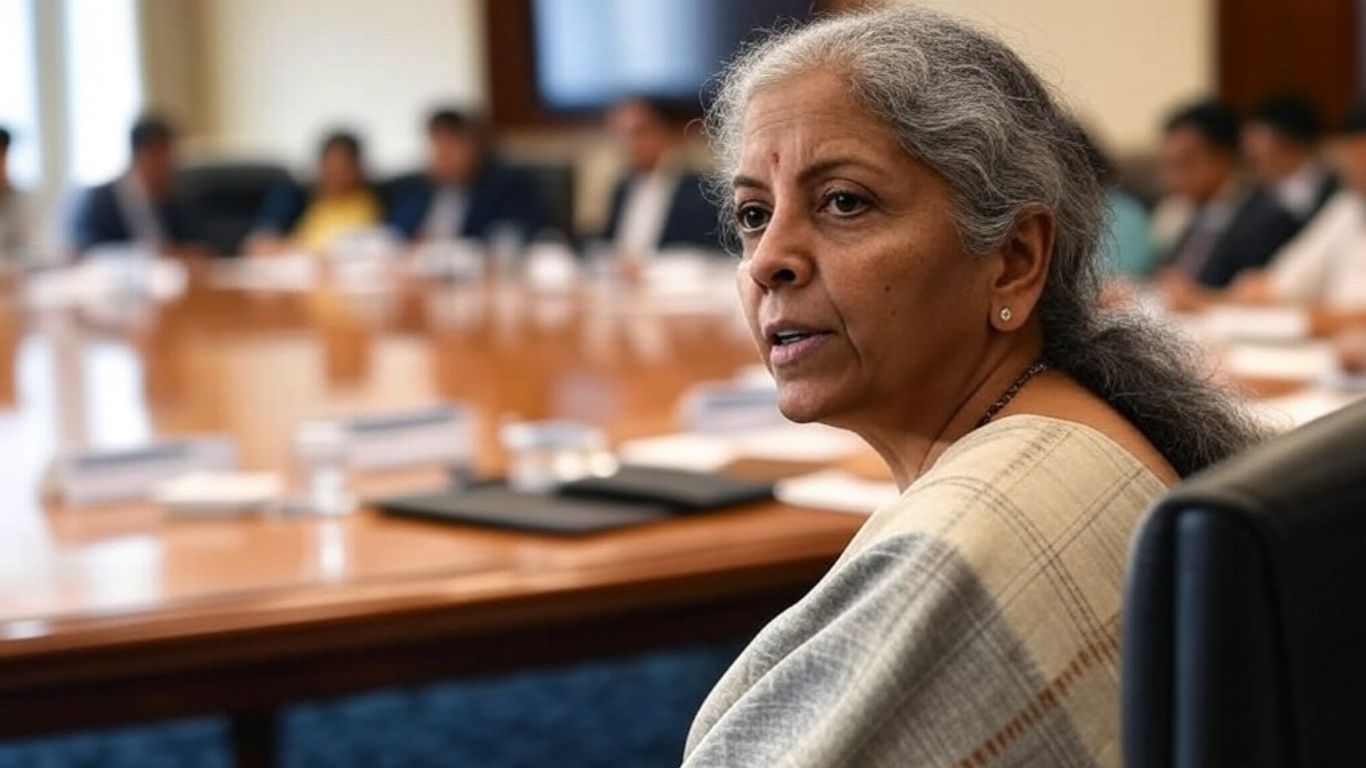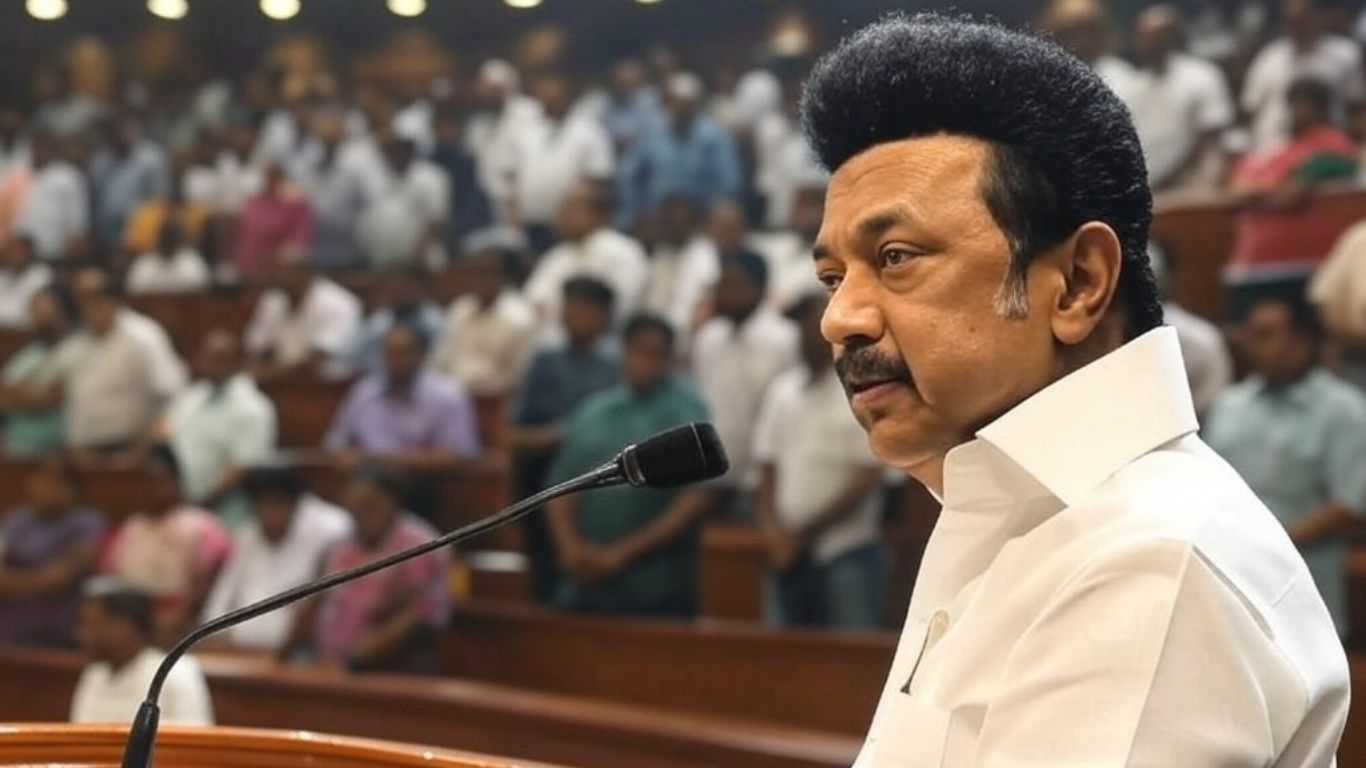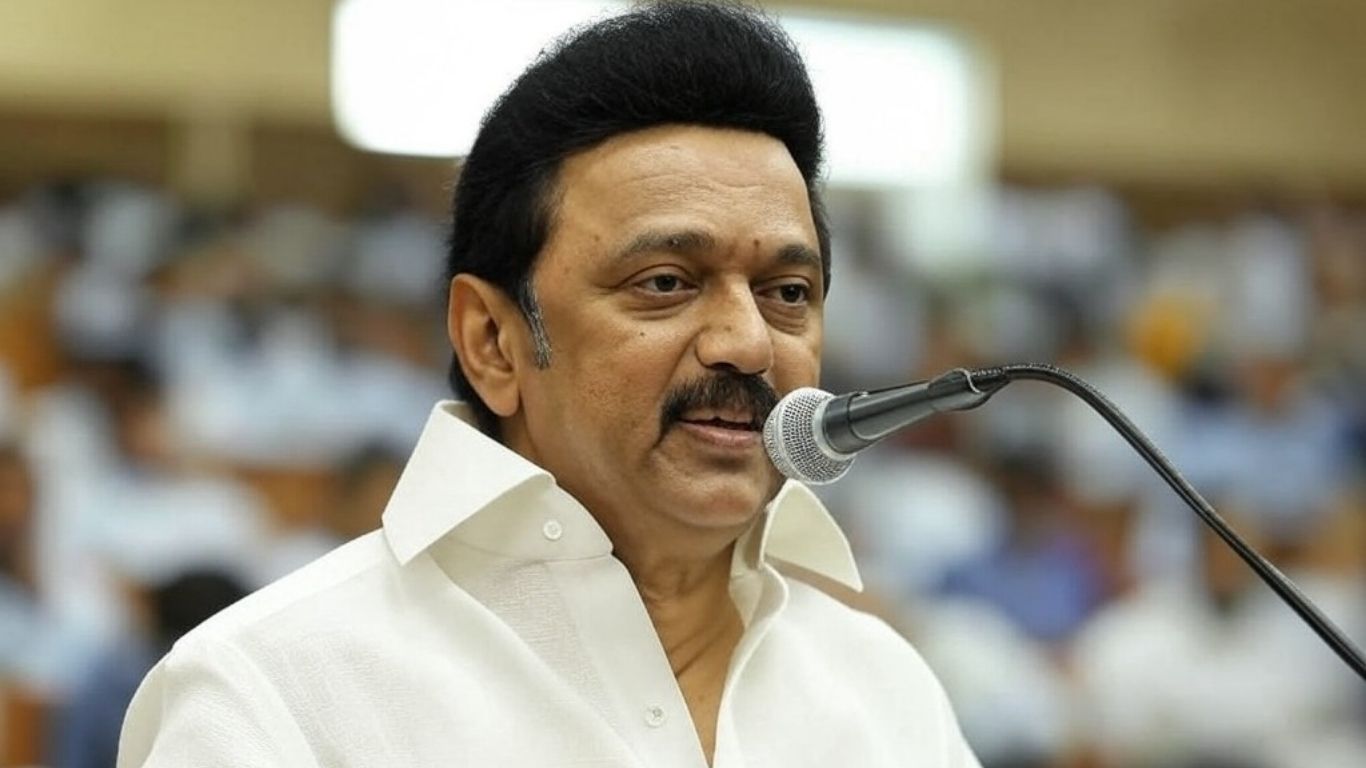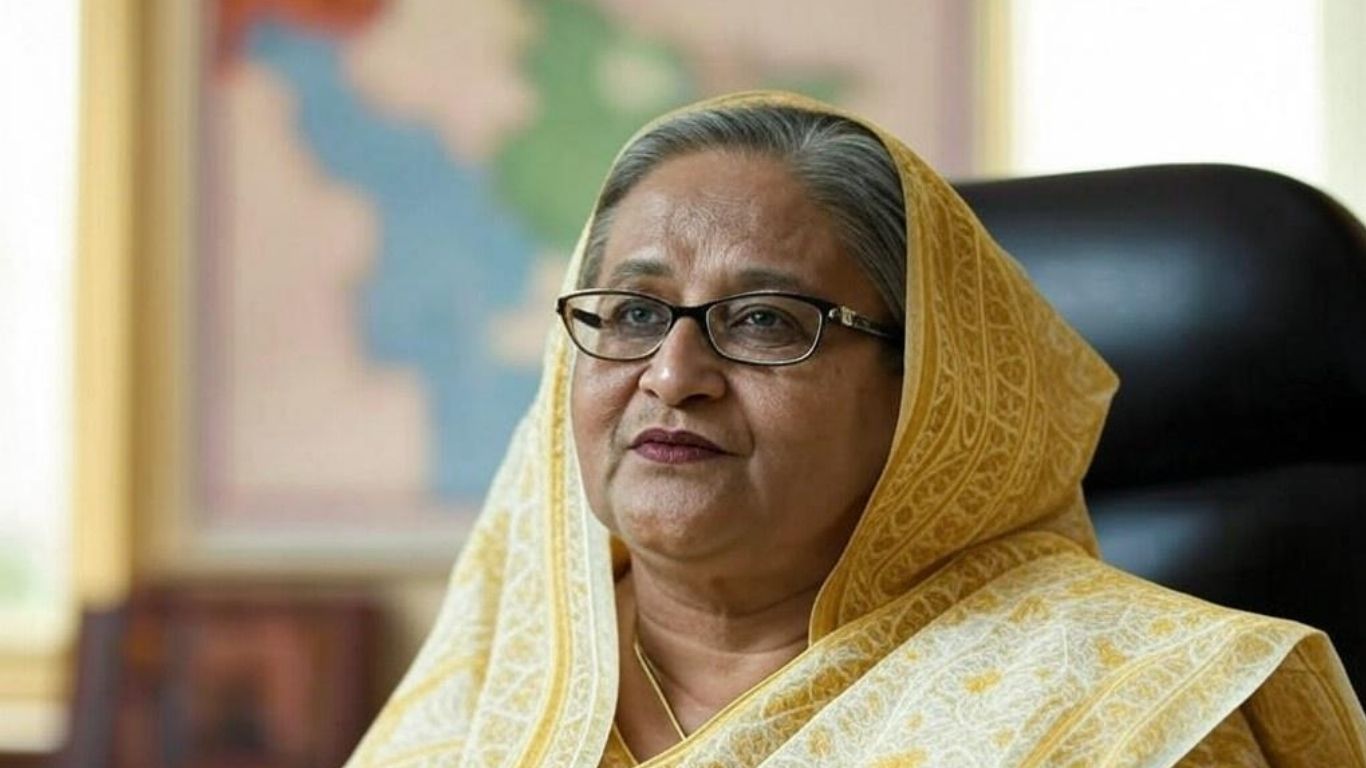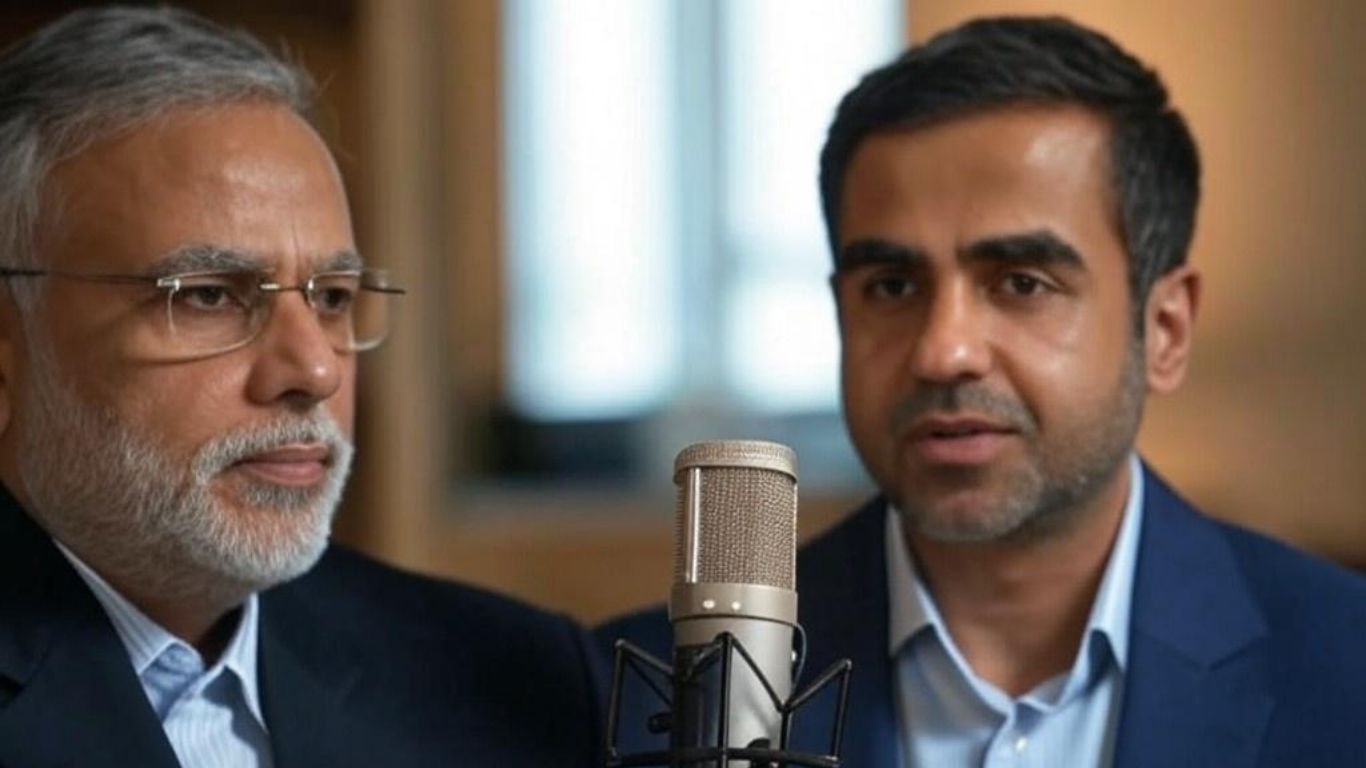Amid growing financial pressures on India’s middle-class, Finance Minister Nirmala Sitharaman acknowledged their struggles while outlining potential measures aimed at providing relief. In an interview with Times Now, the finance minister emphasized her commitment to addressing middle-class concerns despite fiscal constraints.
Current Taxation Landscape and Changes
In her latest address, Sitharaman referred to the adjustments made in the previous budget, such as increasing the standard deduction from ₹50,000 to ₹75,000. She explained, “To make a difference for salaried people, we’ve made incremental changes without straining the government’s finances.”
The standard deduction increase is part of broader efforts to ease the financial burden on middle-income earners. However, the finance minister expressed a desire to do more while acknowledging the limitations posed by the country’s taxation system.
Proposed Tax Reforms for the Middle Class
The government is reportedly exploring significant reductions in income tax rates for individuals earning up to ₹15 lakh annually. If implemented, these changes could impact millions of urban taxpayers facing high living costs and serve as a much-needed relief amidst rising inflation.
Under the existing 2020 tax regime:
- Incomes between ₹3 lakh and ₹15 lakh are taxed at rates ranging from 5% to 20%.
- Incomes above ₹15 lakh are taxed at a 30% rate.
Proposed reforms aim to simplify tax structures further, making the optional tax system more appealing to taxpayers who opt out of traditional exemptions such as those for housing rentals.
Additional Initiatives for Financial Relief
Beyond taxation, Sitharaman discussed initiatives targeting education and housing, two critical areas affecting middle-class households:
- Education Support: Subsidized interest rates for student loans up to ₹10 lakh to make higher education more accessible.
- Affordable Housing: Enhanced benefits and incentives aimed at making homeownership more feasible for middle-income families.
The Economic Context
The urgency for tax relief arises from several economic challenges:
- Slowing Economic Growth: India’s GDP growth hit its lowest in seven quarters between July and September 2024.
- High Food Inflation: Elevated prices have dampened consumer demand across goods and services, including automobiles and consumer goods.
- Rising Income Pressure: Over the last decade, the number of taxpayers earning between ₹50 lakh and ₹1 crore annually has surged by 440%, highlighting the increased strain on middle and upper-middle-income earners.
Boosting Consumption Amid Economic Slowdown
The proposed tax relief and policy reforms align with the government’s broader objective of stimulating consumption. By increasing disposable income, the government hopes to counter economic headwinds and encourage spending across critical sectors.
Looking Ahead: Budget 2025
With the upcoming budget just weeks away, the government’s strategy appears clear:
- Provide targeted financial relief to taxpayers.
- Boost overall consumption.
- Address the economic challenges of inflation and slow growth through measured interventions.
The middle class remains a crucial demographic for driving India’s economic recovery, and all eyes will be on how the next budget addresses their needs.











